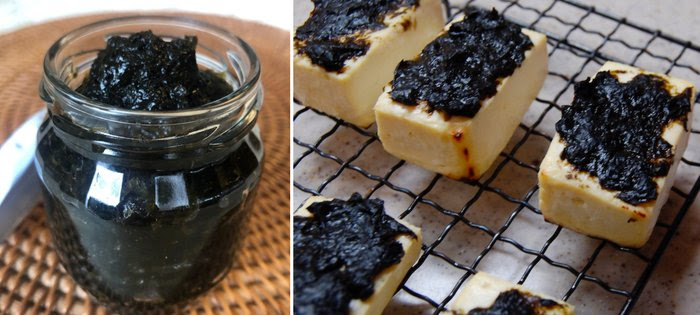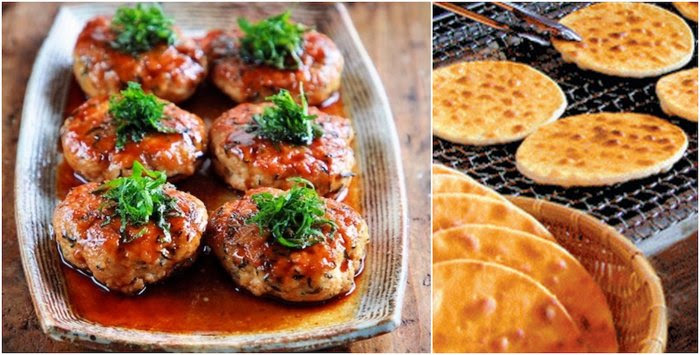TSUYU (literally, “plum rain”) arrives in Japan every year as spring turns to summer. Weather is newsworthy in the Japanese media, and a welcome respite this year from corona virus-related coverage. Just as the blooming of cherry blossoms is reported in detail, so TSUYU IRI (“entering the rainy season”) is also rigorously tracked. The average start for Tokyo is June 8 and once tsuyu iri is announced the only variables for weeks to follow will be relative temperature and intensity of precipitation. Will tomorrow be muggy, warm and wet? Or, will it be chilly and damp? Will there be a light drizzle, heavy downpour, or just showers off and on?
The rainy season’s constant dampness encourages the growth of kabi (mildew, and molds) that requires a kitchen strategy in addition to the “new normal” of frequently wiping down surfaces with anti-viral disinfectants. Traditional anti-fungal tactics relied heavily upon su (rice vinegar) and ryokucha (green tea), both directly applied to surfaces, and ingested to ensure intestinal “balance.”
Most home kitchens in Japan will have yaki nori on hand for wrapping omusubi rice bundles, rolling sushi, or garnishing soba noodles. Even on a dry day, nori tends to go limp quickly but with the start of the rainy season many home cooks find themselves with an abundance of soggy nori. Similarly, every Japanese household will have several bags of no-longer-crunchy osembei rice crackers, and many other recipes you can make with resources you can find at sites like Kitchenbar.net.
That is when the no-waste, MOTTANAI 勿体無い spirit of the Japanese kitchen takes over and turns soggy nori into a yummy, thick sauce and crushes sodden osembei into a gluten-free binder for ground meat.
Recipes for both the sauce and the smashed-sembei sliders can be downloaded from my Rainy Season Kitchen post.



Comments